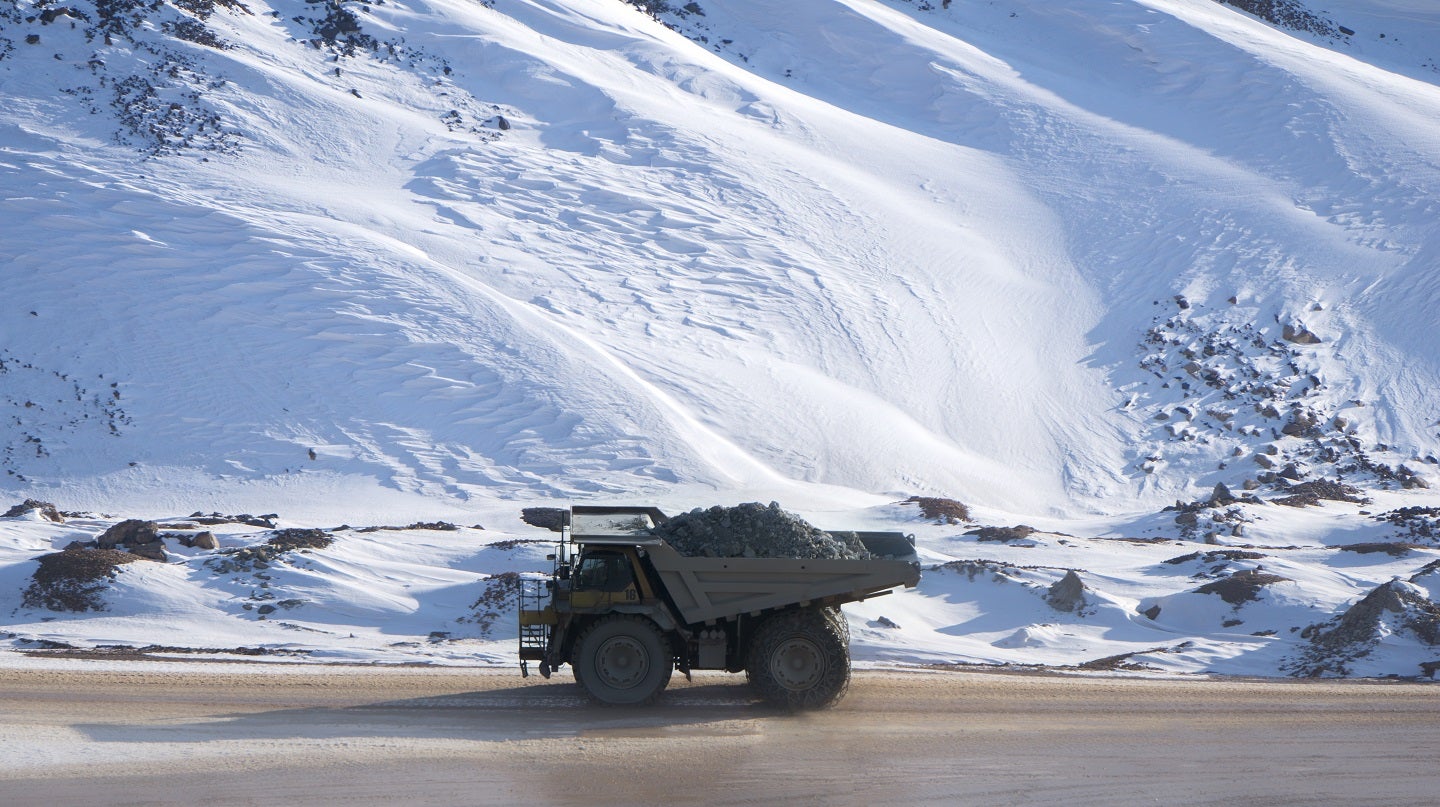A single electrical spark can have serious consequences on a mine site. AusProof has a quick, effective solution that could save lives.
Putting ‘coal mine’ and ‘danger’ in the same sentence is practically cliché. With coal dust and hazardous gasses like methane filling the air, one spark is all it takes is to potentially cause serious damage.
But AusProof, having landed on Australian shores 30 years ago, has brought a wealth of knowledge gained from over 20 years’ operational experience in South Africa to significantly decrease this risk.
Prior to AusProof’s establishment, couplers connecting 300–400m multi-tonne electric cables to power sources were either female or male.
It can take weeks to line these multi-million-dollar cables up to where they need to go, so getting to the end and realising the coupler and the power source are both male, for example, creates bigger issues than a simple headache.
“It was a known problem that meant hundreds of hours in downtime coming at significant cost to operators,” AusProof managing director Aston Marks told Australian Mining.
Under AusProof’s design, these essential cables are all male, connected to power sources by a double female mechanism known as a phase connector.
This set-up means cables can be connected to any power source, with AusProof introducing the concept of the genderless coupler to the Australian market.
“The double-female mechanism sits within the male unit on the cable, meaning it’s a much lower profile than alternatives,” Marks said. “Suddenly operators are able to save on capital investments and scheduling, completely fixing the issue of interconnectability.”
AusProof further enhanced the benefits of this genderless design, while also increasing site safety, with the release of the company’s Ex118BSSRF stainless steel coupler in 2015.
Featuring a removable flange, Marks said the coupler is now a household name in the mining sector.
“Our specifically designed coupler is used in 99 per cent of Australian operations today,” Marks said. “It changed the game when it comes to safety and cost savings when it was launched, and nothing has been able to rival it since, save for our own innovations to optimise it further.”

Image: AusProof
But how does the removable flange feature increase site safety, while further enhancing efficiency and cost-savings?
Even the slightest scratch on the surface of the coupler can potentially cause a spark to bleed through. In a coal mine, that could mean igniting any gas in the vicinity with explosive consequences.
Traditionally, a scratch means operations need to be halted, the heavy-duty cables extracted from the underground mine, and the entire coupler replaced before the cable can be taken back down.
Some coupler designs allow for the face to be removed and replaced without extracting the whole cable, but Marks said this approach risks damaging the delicate insulation materials inside the coupler.
AusProof’s removable flange means anyone with an Allen key and a spare few minutes can re-fit a new flange as soon as a scratch is detected, keeping the system flameproof while operations continue running.
“Operators can simply swap out a $200 removable flange rather than taking the whole face of the coupler off, which can cost thousands,” Marks said. “With two minutes and four screws, the damaged coupler is suddenly safety compliant again.”
But AusProof isn’t content to stop there, with Marks suggesting more innovations are in the pipeline for the near future.
“Historically, the higher the volts, the larger the coupler,” he said. “But we’re working on a smaller, lighter, easier to handle plug that packs a punch without compromising safety.”
Whether redesigning the way flameproof path maintenance is done or working on slashing its lead times, Marks said AusProof is putting its customers first.
“There’s no smoke and mirrors when it comes to the benefits of our solutions – the flameproof coupler dramatically reduces costs just as much as it boosts safety and allows operators to have a new level of autonomy in implementing a quick and effective solution,” he said.
“It’s an obvious choice for Australia’s coal mines.”
This feature appeared in the July 2024 issue of Australian Mining.



